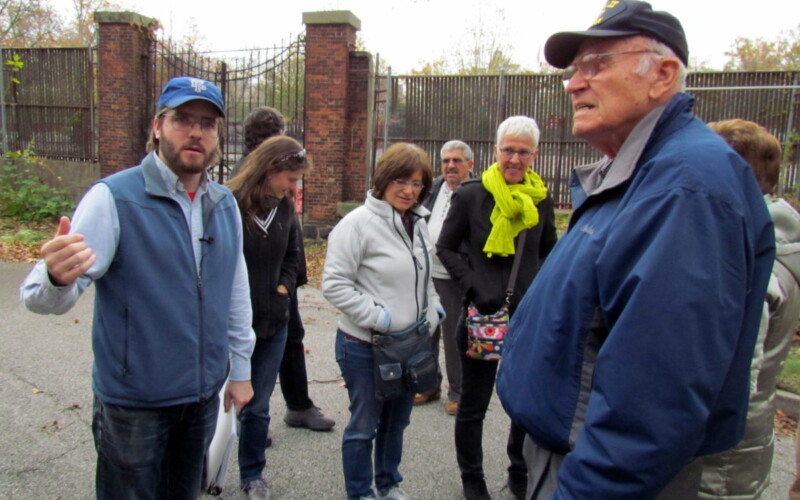We have experience hosting a range of audiences, from college classes to birthday parties to company outings, and we customize our tours to meet your group’s interests and needs.
Book a private tour today
Celebrate Navy Day with a discussion of one of the least-known units of World War II, the Navy Armed Guard. Serving in the U-boat-infested waters of the Atlantic, these sailors …
Read more
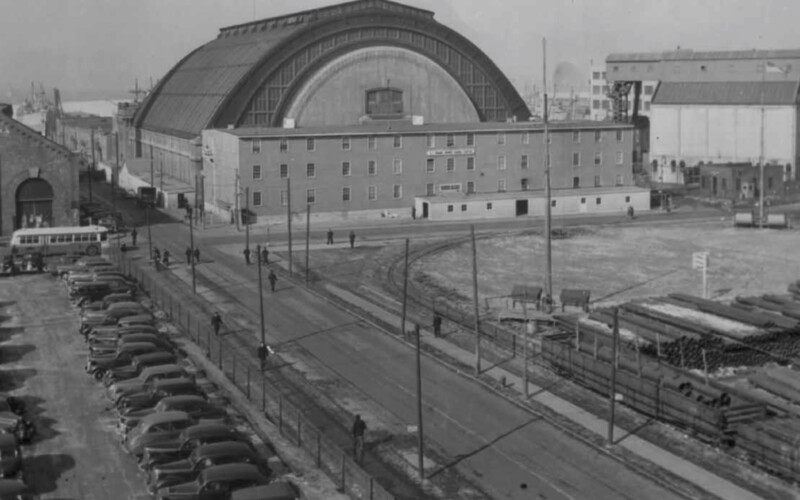
Over the past four centuries, the Battery at the tip of Manhattan has evolved, from a fortification to immigration station to park to National Monument. On this virtual walking tour, …
Read more
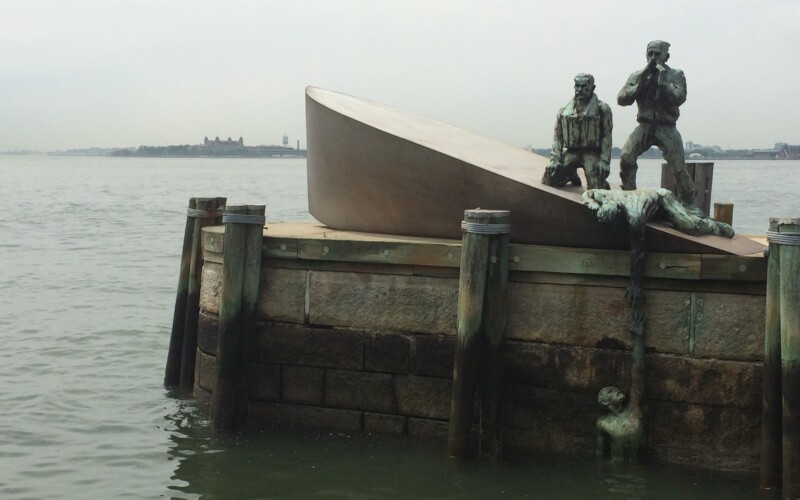
At each of the water passages that lead to New York Harbor – from the Narrows to Hell Gate, Ambrose Channel to the Race – disused forts stand on either …
Read more
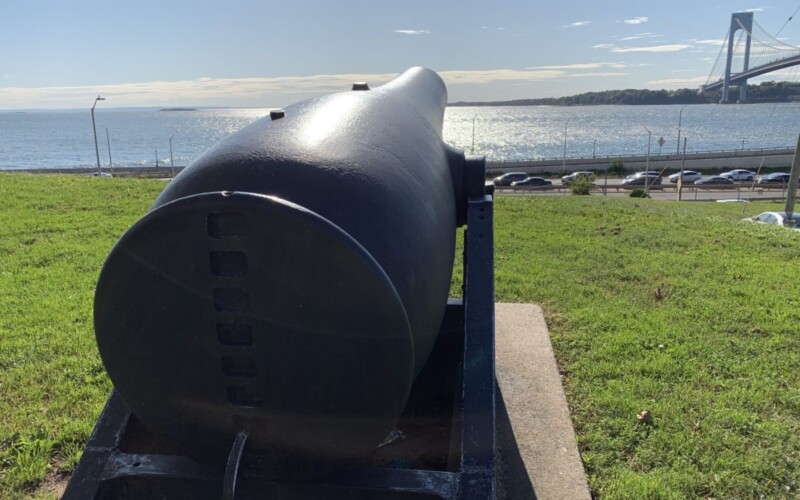
To mark the 230th birthday of the United States Coast Guard, we’re looking back at the history of the “always ready” service. Due to New York’s position as one of …
Read more
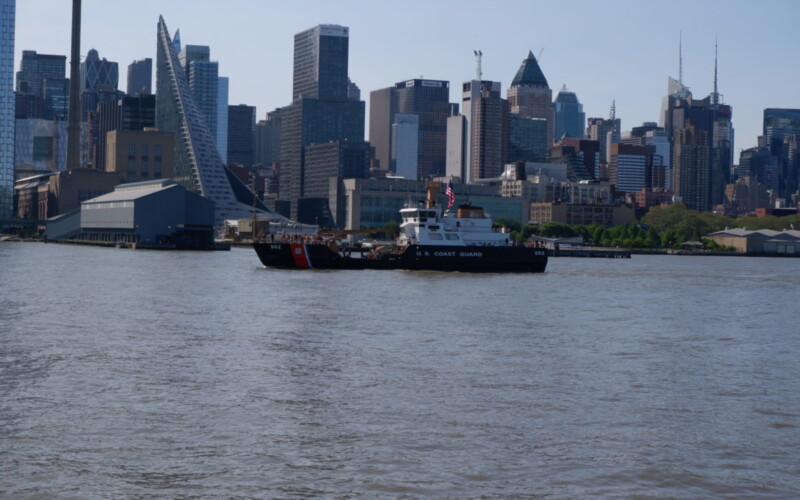
Last week we looked at Operation Magnet, the scramble in the weeks after Pearl Harbor to move American forces into the European battle zone. Just one week after that, it …
Read more
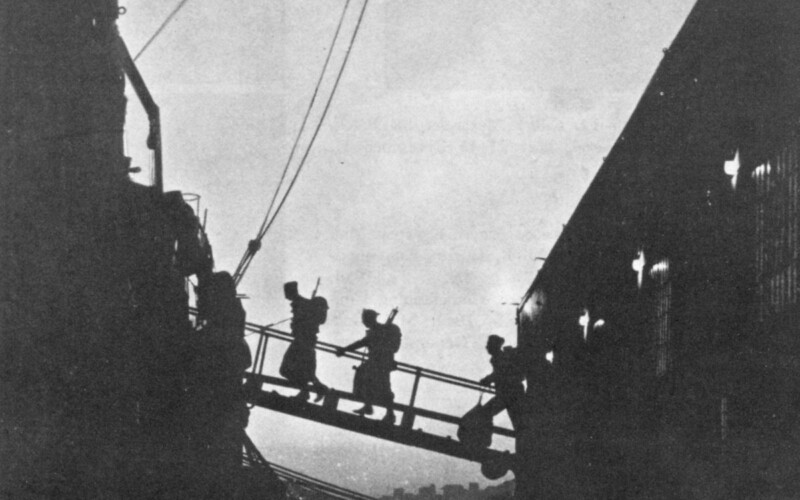
On January 15, 1942, ships of convoy AT-10 left the Brooklyn Army Terminal to make the journey across the Atlantic. Aboard the transports USS Chateau Thierry and HMTS Strathaird were …
Read more
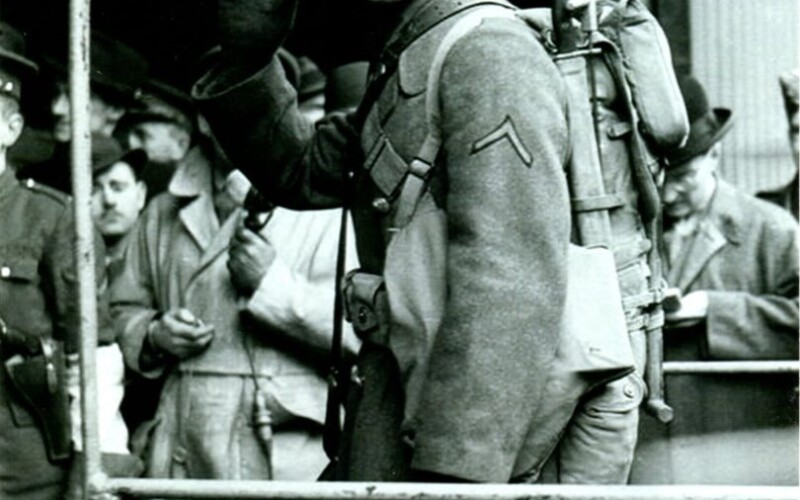
While many children will be gorging themselves on chocolate Easter bunnies and eggs this morning, these treats were absent from most baskets during World War II. On December 5, 1942, …
Read more
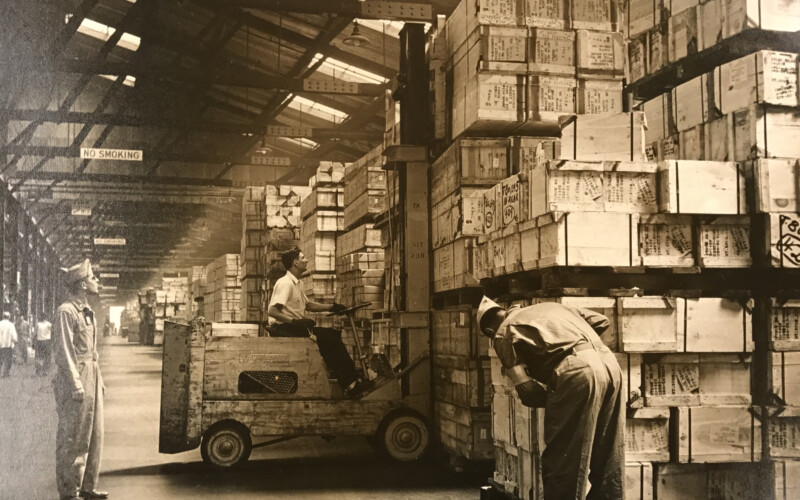
On June 9, 2018, Reinhard Hardegen, the last surviving German submarine commander of World War II, died at the age of 105. With his passing, he joins the ghosts of …
Read more
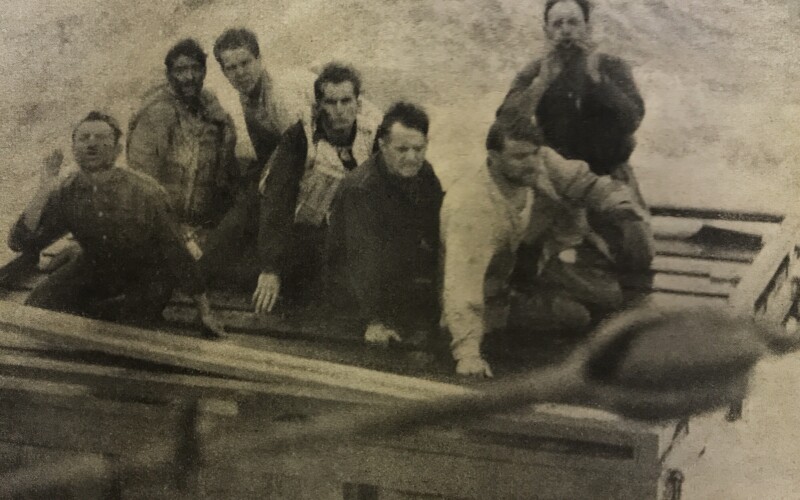
This year during Fleet Week New York, we will be visited by more than a dozen ships and units from the US Navy, Coast Guard, Marine Corps, Military Sealift Command, …
Read more
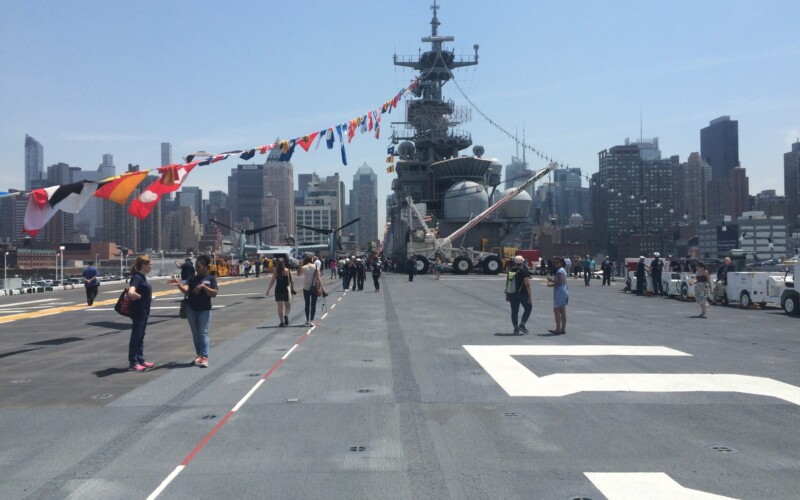
Frederick Louis Riefkohl (1889–1969) The histories of Puerto Rico and of the US military are deeply intertwined, and much of that history runs through the career of Frederick Louis Riefkohl, the …
Read more

On Wednesday, May 20, a small flotilla of US Navy and Coast Guard ships will steam under the Verrazano Narrows Bridge to mark the beginning of a week-long, city-wide celebration …
Read more
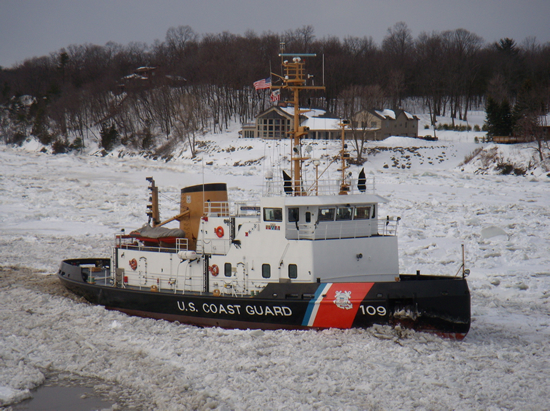
As I write this, the USS Slater, a World War II-era destroyer escort, is steaming its way (actually, being pushed by a tugboat) up the Hudson River back to its …
Read more
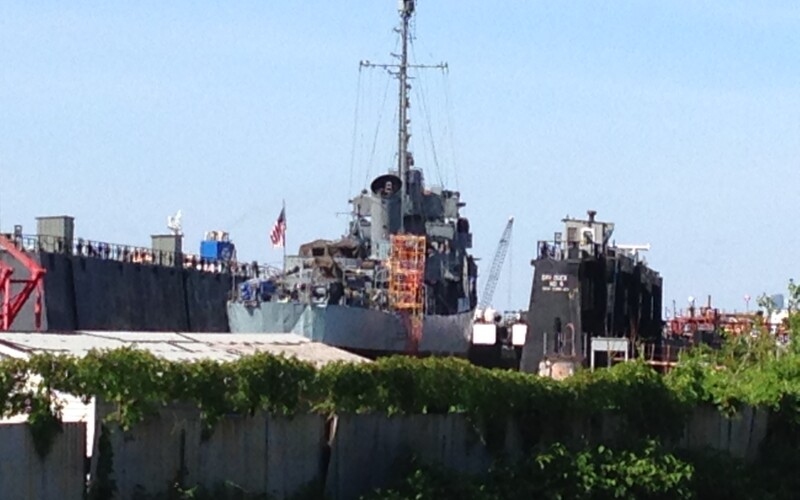
If you have not yet been to the Brooklyn Museum to see their stunning exhibition WAR/PHOTOGRAPHY, make no delay – the show closes on Sunday, February 2, when its three-city …
Read more
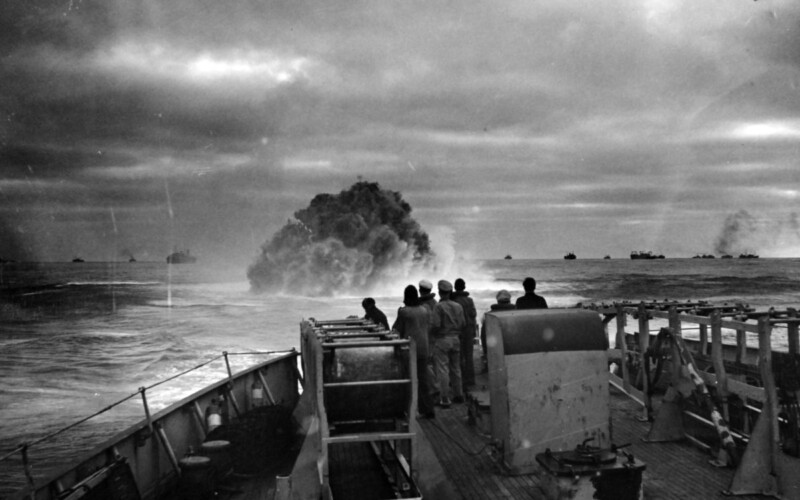
While developing our new tour about the World War II history of the Brooklyn Navy Yard, we encountered a fascinating – and largely untold – history of the oft-forgotten service …
Read more
